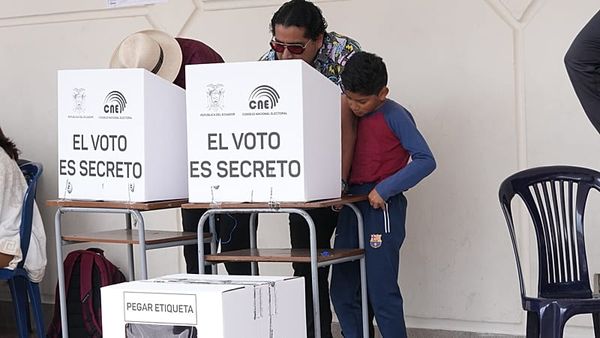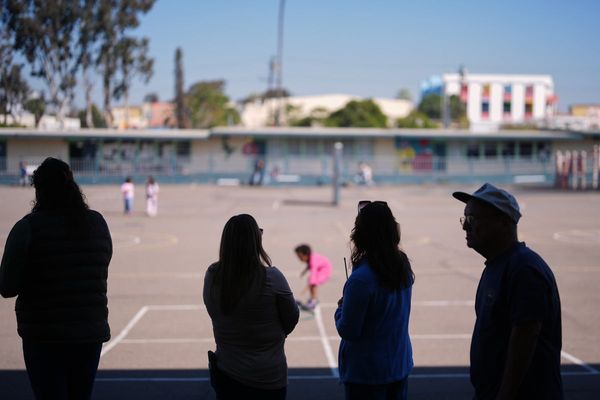/https://static.texastribune.org/media/files/cef9f7c2eb4311fde8f61f0b7843513d/Robert_Roberson_hearing_1_SK_TT.jpg)
After years of courtroom scrutiny over the now-questionable science of “shaken baby syndrome,” the Texas Court of Criminal Appeals decided Wednesday that doubt surrounding the cause of his daughter’s death was not enough to overturn Robert Roberson’s death sentence.
Roberson, 56, was convicted of killing his sickly 2-year-old daughter, Nikki Curtis, after he rushed her blue, limp body to the emergency room in 2002. He said that the two were sleeping in their Palestine home when he awoke to find Nikki unresponsive, having fallen off the bed. But doctors and nurses quickly suspected child abuse, disbelieving that such a short fall could have caused the fatal injuries.
Instead, doctors testified at trial that Nikki’s injuries were consistent with shaken baby syndrome, where an infant is killed from being violently shaken back and forth, and jurors found him guilty of capital murder. In 2016, he was set for execution.
But the Court of Criminal Appeals stopped his death, sending the case back to the trial court for further review after the scientific consensus on shaken baby syndrome shifted. The second look was largely thanks to a 2013 state law, dubbed the “junk science law,” which allows Texas courts to overturn a conviction when the scientific evidence used to convict a defendant has since changed or been discredited.
[Will a Texas law that overturns convictions based on bad science save this death row inmate?]
When the law was passed, lawmakers noted infant trauma as one of the examples of faulty science the bill was meant to target.
Since Nikki’s death, experts have become much more divided on the certainty of the syndrome. Many doctors stand by such diagnoses, but others, including the doctor who is first credited with observing the condition, think it is used too often in criminal cases. They believe baby deaths are too often labeled murders without considering other possibilities and medical histories.
Back in court in recent years, Roberson’s attorneys argued that new scientific evidence suggested it is impossible to shake a toddler to death without causing serious neck injuries, which Nikki did not have. They argued the symptoms used to diagnose shaken baby syndrome have now also been linked to other conditions as well, including head trauma from short-distance falls.
The prisoner’s attorneys also urged the court to look more into Nikki’s medical history, including a history of breathing problems and head injuries, as well as a violent illness that led to a hospital trip only days before her death. Roberson’s lawyer said in 2021 that Nikki had undiagnosed pneumonia at the time of her death.
But Anderson County prosecutors said the evidence to convict Roberson was still “clear and convincing,” arguing that the science on shaken baby syndrome had not changed as much as defense attorneys claimed.
At trial, witnesses also testified that Roberson had a bad temper and would shake and spank Nikki when she wouldn’t stop crying.
After reviewing the case, a local judge last year recommended the Court of Criminal Appeals deny Roberson’s request to overturn his conviction, stating there was insufficient evidence to do so. On Wednesday, Texas’ high criminal court agreed.
The death row prisoner can now be scheduled for a new execution date.







